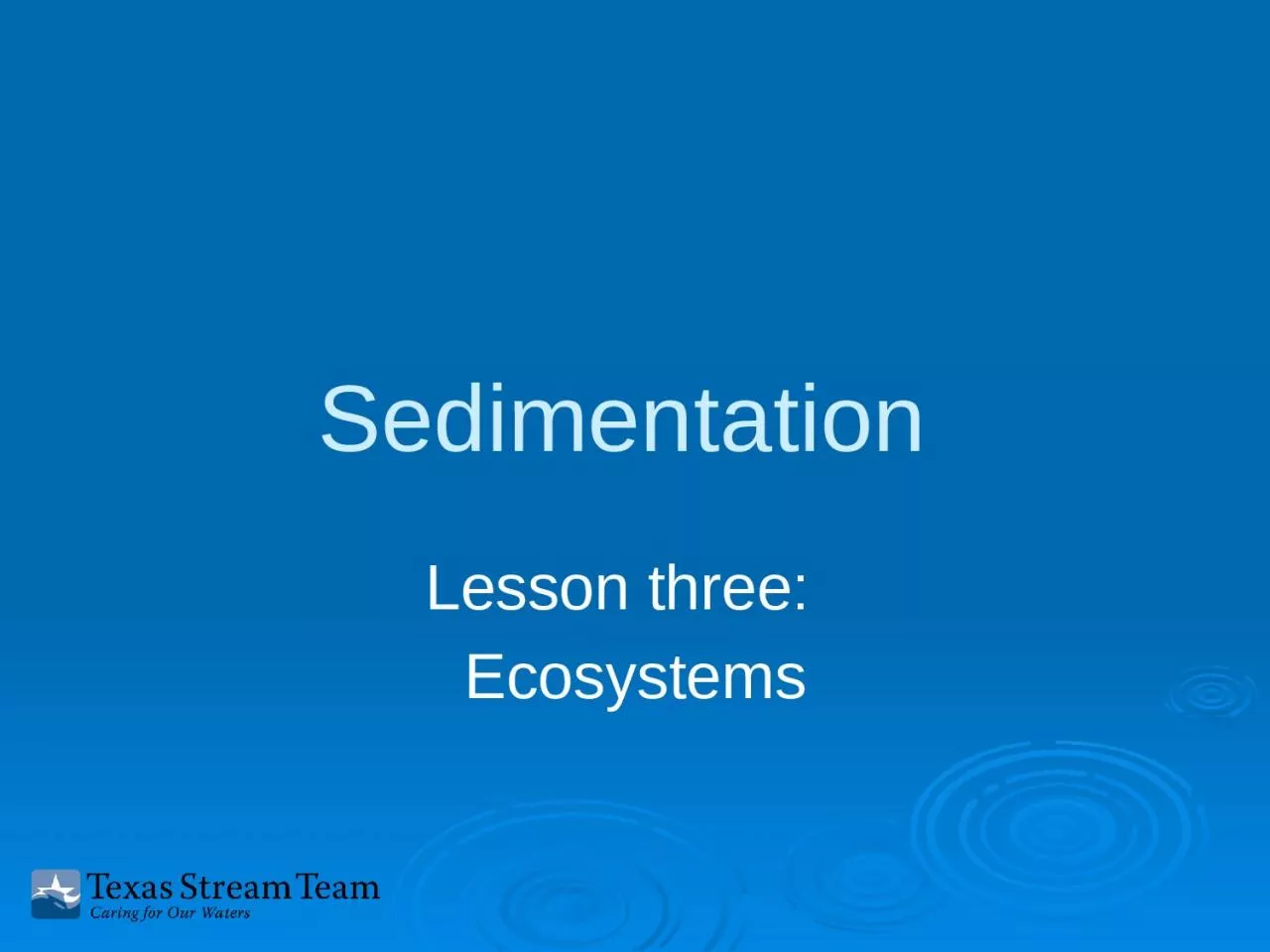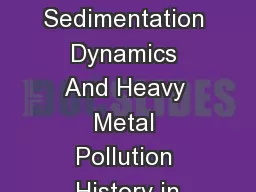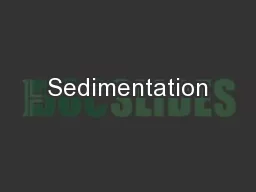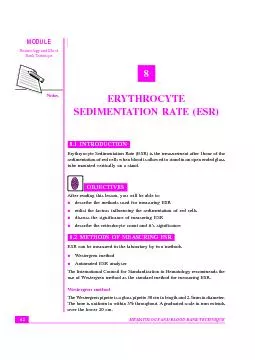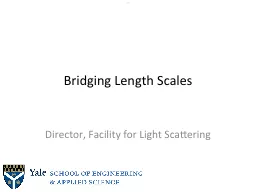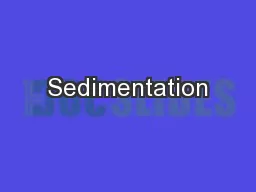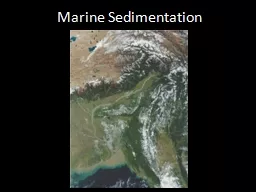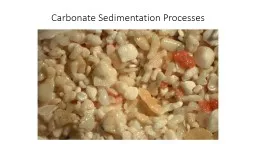PPT-Sedimentation Lesson three:
Author : LivingMyBestLife | Published Date : 2022-08-04
Ecosystems Lets look at the jars of dirty water again Do they look the same today as it looked when you left yesterday Particle size Which particles settled out
Presentation Embed Code
Download Presentation
Download Presentation The PPT/PDF document "Sedimentation Lesson three:" is the property of its rightful owner. Permission is granted to download and print the materials on this website for personal, non-commercial use only, and to display it on your personal computer provided you do not modify the materials and that you retain all copyright notices contained in the materials. By downloading content from our website, you accept the terms of this agreement.
Sedimentation Lesson three:: Transcript
Download Rules Of Document
"Sedimentation Lesson three:"The content belongs to its owner. You may download and print it for personal use, without modification, and keep all copyright notices. By downloading, you agree to these terms.
Related Documents

